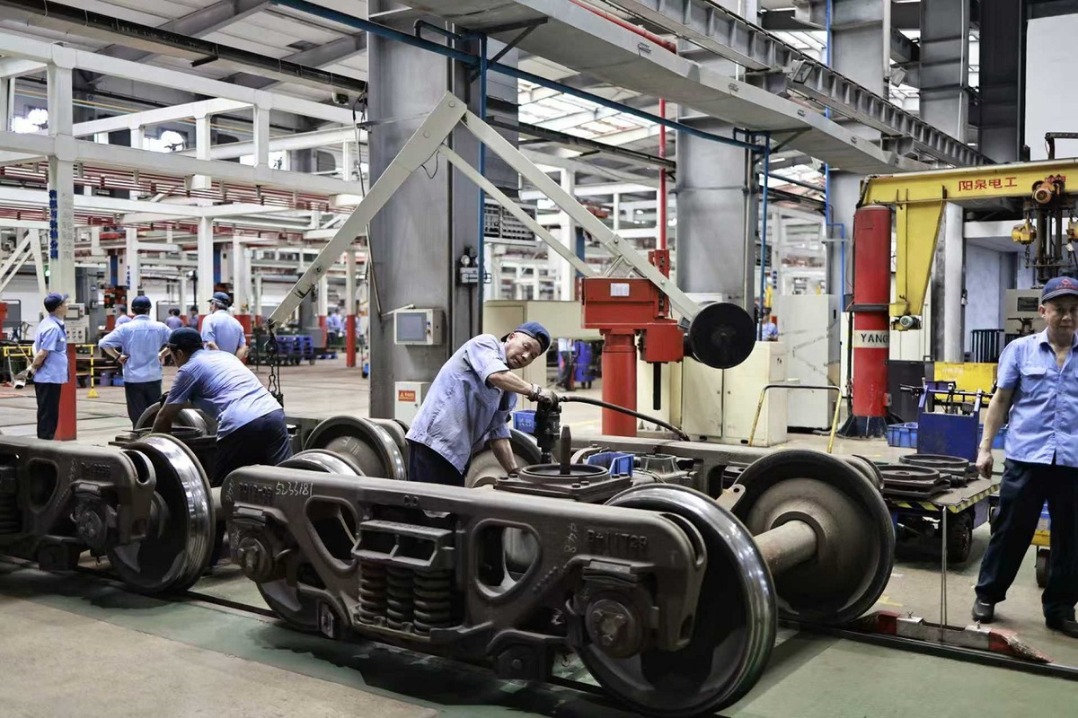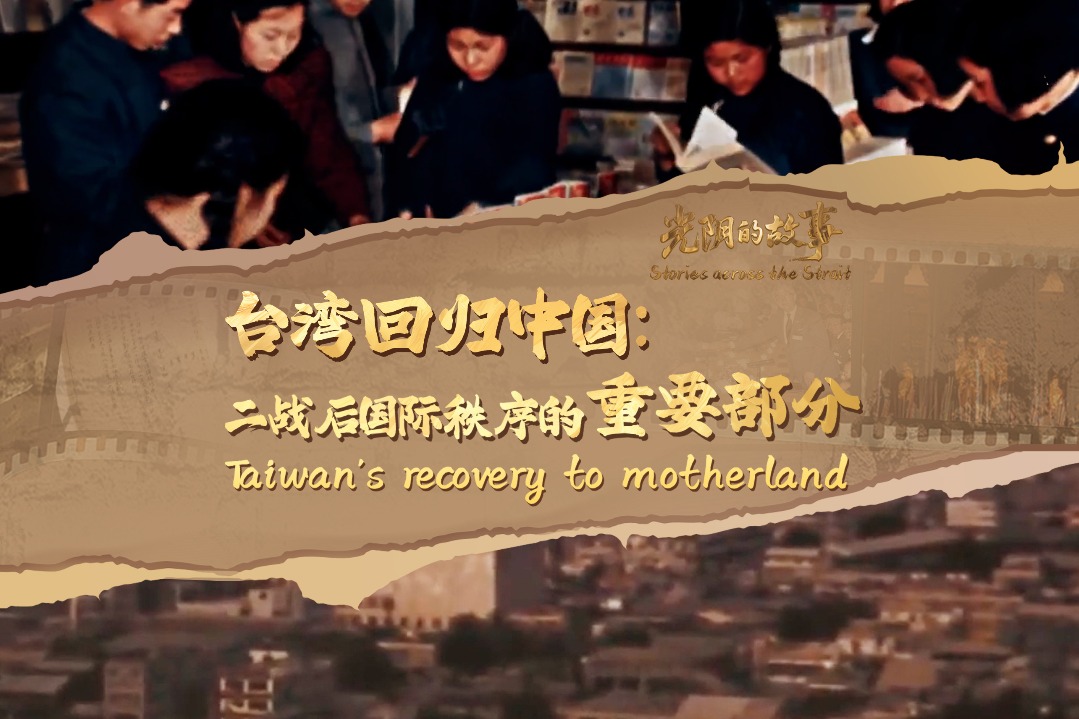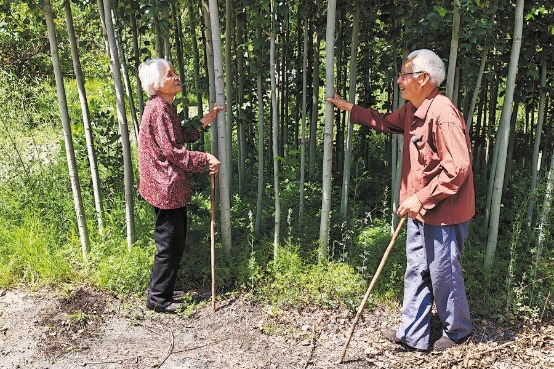Makeshift hospitals point the way
World follows example of temporary facilities, which were Wuhan's 'life vessels' at peak of outbreak

Useful insights
Since there are no known effective drugs for COVID-19, An and other doctors treated the patients with symptom-relieving therapies. In the event patients' conditions deteriorated, they would be transferred to designated hospitals for more intensive treatment, she said.
Wang, president of the Chinese Academy of Medical Sciences, said China's experience in epidemic control by building such temporary hospitals may provide useful insights for some other countries that are experiencing rapid increases in the number of patients.
In addition, authorities in China and other countries can consider formulating design standards for buildings such as major exhibition centers, stadiums and warehouses, so they can be converted into temporary hospitals within 24 hours in case of an emergency, Wang said.
"The massive use of temporary hospitals is of marked significance in China's medical rescue history," said Ma, the National Health Commission minister. "It also provides a new mode for us to cope with major public health emergencies to swiftly organize and expand medical resources."
- Seven dead after Fujian coal mine incident
- Guangdong reports fall in cases of chikungunya fever
- Rare tiger fight caught on camera in Jilin
- China exports Guangming 2 broiler chickens to Saudi Arabia
- 7 killed in coal mine accident in East China's Fujian province
- Shenzhen snack shop's kind act goes viral




































